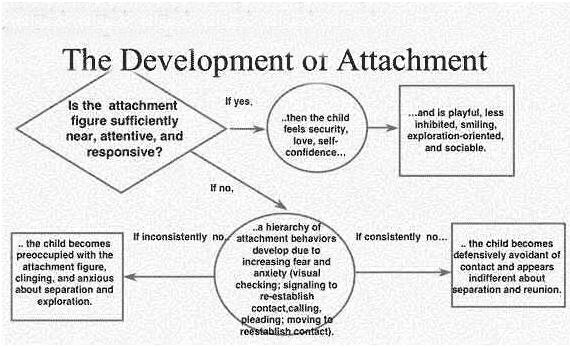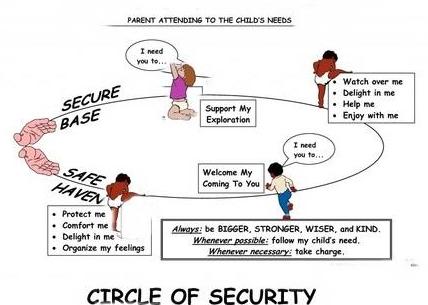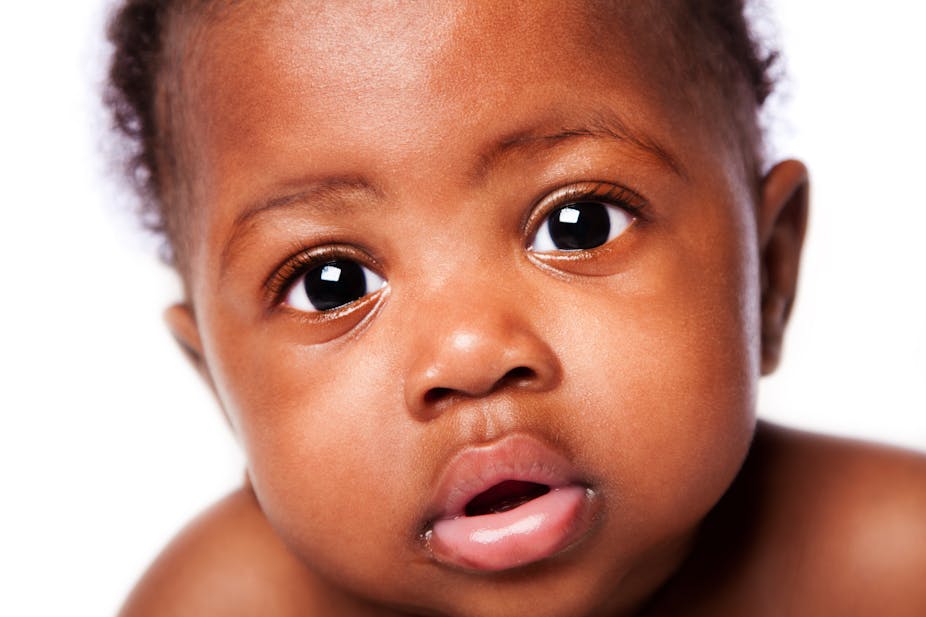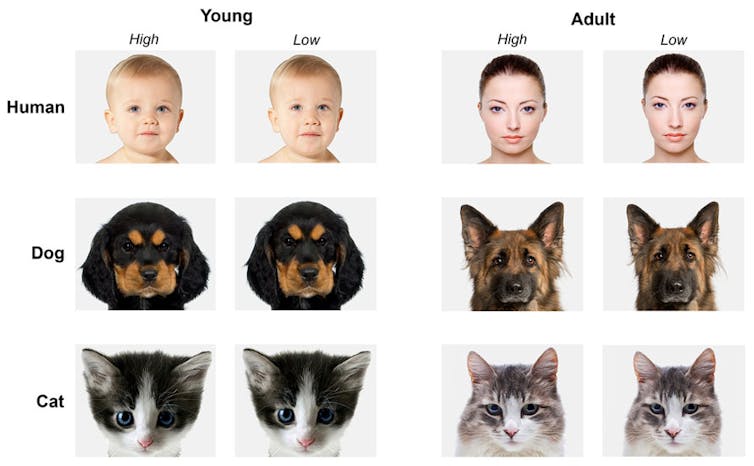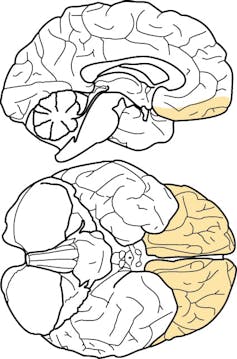How to Have Deeper, More Intimate Conversations
In a time of disconnection, deep conversations can make all the difference.
Posted May 03, 2020
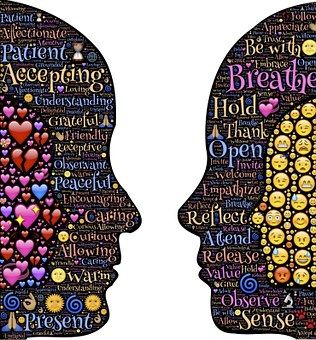
Source: Pixabay / No Attribution Required
David Brooks, the opinion columnist for The New York Times, wrote an article last month titled "Mental Health in the Age of the Coronavirus," describing how the anxiety and isolation of the pandemic were impacting everyone in some way. He quoted Bonnie Badenoch, an expert in trauma, who felt one antidote to this stress was a need to have “deep reciprocal attunement (with others) that makes you feel viscerally safe,” and Martha Welch, a professor at Columbia University, who stressed the need to connect with others by having “vulnerable," deep conversations.
Deep conversations may be an important way to connect with those we care about in these difficult times, but they are always a good idea. They are the foundation of strong intimate relationships — those “we talked all night” conversations when dating, or those seemingly rare but cherished, heartfelt times when you lowered your guard and spoke from your heart with someone you trust. They connect you to the human race, to those important in your life, in some way to yourself.
Good idea, but often easier said than done. Here are some tips of going deeper into your conversations:
Make sure it’s a good time to talk
This is a matter of logistics. It’s hard to have a deep conversation when someone is on their cell phone driving to the grocery store or when they are trying to get their three kids to bed. These times are for quick check-ins — how-you-doing, catch-you-later speed conversations. For those deeper conversations you need time; find out if the other person has some. Simple question: Is this a good time to talk?
Set the tone
Because you’re the one initiating this, you need to be the one to set the tone, the one to let the other person know that you're interested in having more than a how-you-doing check-in. There are two ways of doing this.
One is to set the tone by talking about yourself more deeply than you usually do. You want to move beyond the standard, “I’m good," to more honest statements about how you are really doing – I’ve been feeling down lately; I don’t know about you, but my kids are driving me crazy; I had been doing okay until Tom and I had this argument last night. This is about self-disclosure and revealing more of you and your feelings. With this introduction, you are letting the other person know what kind of conversation you want to have, what emotional level you are comfortable talking about. You can then turn the conversation towards them.
The other approach is to ask hard questions at the start: Not the “Doing okay?” but "Have you been having a hard time?" "Have you been feeling depressed or worried?" "Are your kids driving you crazy or struggling?" People only know what is safe to talk about based on what you talk about and what you ask. By drilling down into specific, more emotionally difficult conversations, you are letting the other person know that you are ready to hear what they have to say, that you are ready to go there.
Ask about details
Good therapists do this instinctively. They try to move from broad statements ("I’ve been feeling anxious") to the details: What about, what thoughts have you had, how do you talk to yourself? You don’t need to be a therapist and try to deconstruct the other person’s psychology, but you want to ask about details (about an argument they had or about how the kids are driving them crazy) because emotions ride on content. Broad questions yield broad, bland emotions; detailed questions stir deeper, more poignant feelings. And expressing these deeper emotions and having them accepted glues people together.
Give space between emotions
And when these emotions arise, you only need to acknowledge them ("That must have been hurtful; that sounds so frustrating") and then stop and be silent. This can be hard—our instincts are to repair, to fix, to make it better by saying the right thing right then to calm the waters. Don’t. Take a few deep breaths, allow room for you both to absorb what has been said (or for them to finish ranting or crying).
Slow down, focus on them
In the same vein, you want to slow the conversation overall. Move through the conversation like a turtle, not a jackrabbit. Keep the focus on them, give them the room and attention they need, and resist using their stories as launchpads to talk about your own. Only when they are done is it time to turn the conversation towards you.
Take risks
You know if you are moving into more vulnerable and intimate territory if what you want to say makes you feel uncomfortable, you get those butterflies of anxiety. Intimacy is not about disclosing some big, dark secret, but saying anything that is, for you, difficult to say. Take that risk for yourself, and listen for it in the other person. They may say "I’ve never said this before or thought about this before," or there may be a hesitation or an unfinished sentence and a sigh. Ask them to finish the sentence. Give them space to say what is hard to say.
Use your anxiety as a sign that you are emotionally plowing new ground. Go deeper to connect.
About the author
Bob Taibbi, L.C.S.W., has 45 years of clinical experience. He is the author of 11 books and over 300 articles and provides training nationally and internationally.
